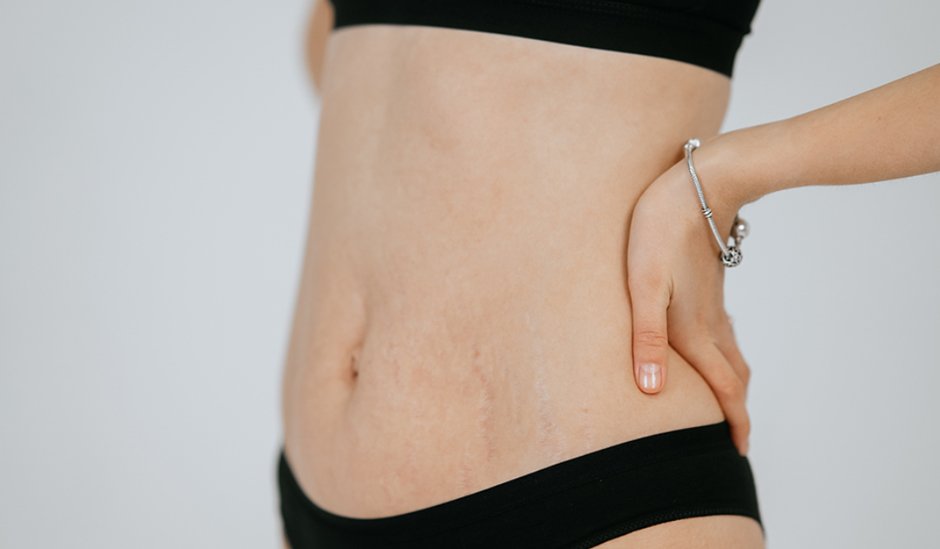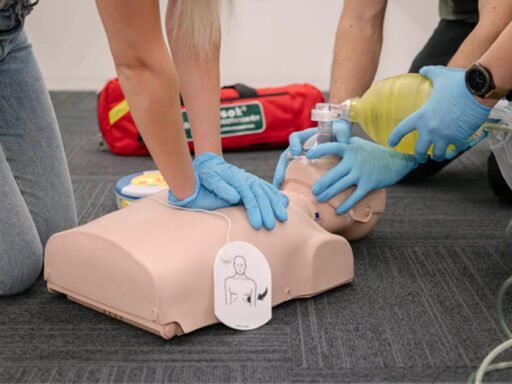A tummy tuck can be a transformative procedure, but the journey doesn’t end once you leave the operating room. To fully embrace your new, sculpted shape and keep your abdomen looking toned, you’ll need to make some positive lifestyle changes.
Though diet and exercise are important, sometimes these aren’t enough to tighten loose skin or reduce stubborn fat deposits. This is where abdominoplasty, also called tummy tuck surgery, can help. It eliminates excess skin and fat to give you a slimmer, smoother waistline.
However, certain habits are vital for maintaining your improved silhouette over the long term. Here are five tips to help you get the most out of your investment in a flatter stomach and make your transformation last.
The Tummy Tuck Procedure: A Brief Overview
A tummy tuck removes excess skin and fat to tighten loose or sagging tissues in the abdomen. During a tummy tuck, a plastic surgeon makes incisions to detach the skin and fat from the abdominal muscles. The muscles are pulled taut and sutured into a tighter position, the excess skin removed, and the remaining skin smoothed and contoured.
While a tummy tuck provides dramatic improvements that diet and exercise alone cannot achieve, maintaining results does require some effort. The tightened muscles can loosen again, and the remaining fat cells can expand if diet and lifestyle are not kept in check.
How to Maintain the Results of Your Tummy Tuck
Closely Adhere to Your Post-Op Dietary Guidelines
In the initial weeks following this cosmetic surgery, it’s vital to follow your surgeon’s nutritional instructions to promote proper healing. This usually involves sticking to a diet of nutritious whole foods, keeping hydrated, and avoiding salt, sugar or hard-to-digest foods that could cause swelling or gas. Listen closely if your body indicates it needs more recovery time before you push your diet.
Gentle Physical Activity Around Week 2-4
A low-impact activity like walking helps circulation and prevents blood clot risks. Your doctor will assess when to start a light movement based on your healing. Avoid any jarring exercises that involve your abs until your doctor approves, around 4-6 weeks post-op. Listen to your body, and take a rest when you feel tired.
Establish an Ongoing Cardio Routine
Once healing is complete and approved by your surgeon, you may start cardio exercise, which helps keep your metabolism up and body fat percentage down. Aim for 30 minutes daily of cardio exercise like elliptical machines, walking on an incline, or swimming laps. Combining strength moves with a circuit workout enhances cardiovascular fitness but also contributes to muscle toning.
Wrapping Up
Your new look is a reflection of your commitment and effort. Make choices each day that support your health and well-being and honour your dedication. Focus on a balanced whole-food diet, adequate hydration, and staying actively fit. This will help sustain the results of your procedure over time. Remember that significant weight changes in either direction can impact your results, so aim to reach and maintain a healthy goal weight.






